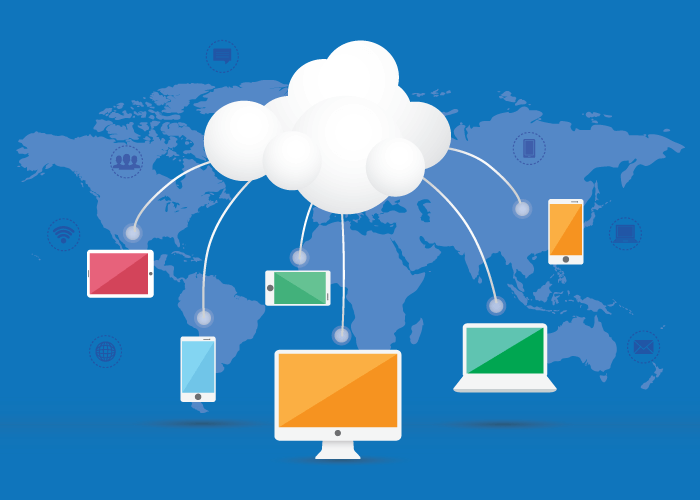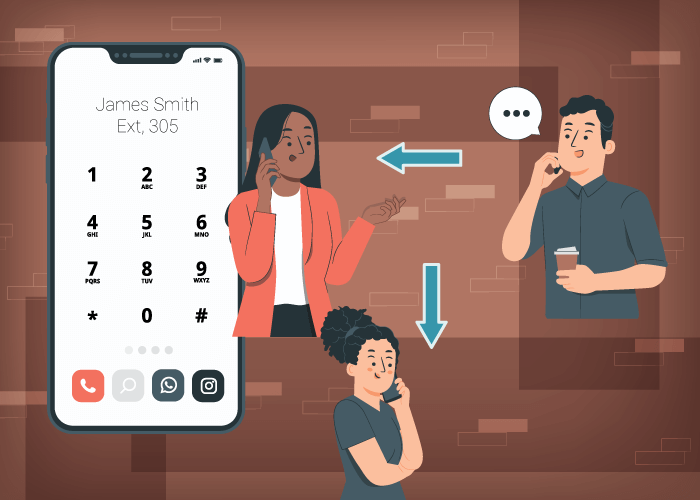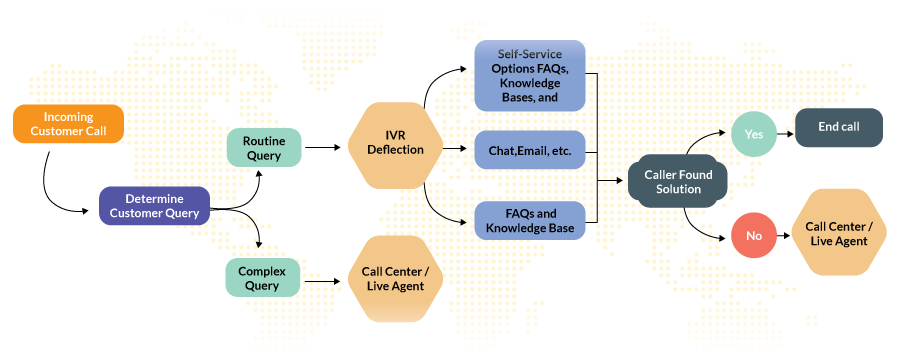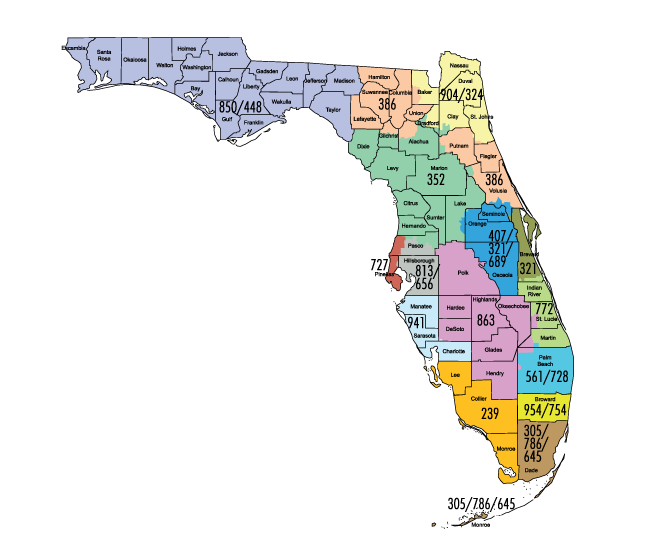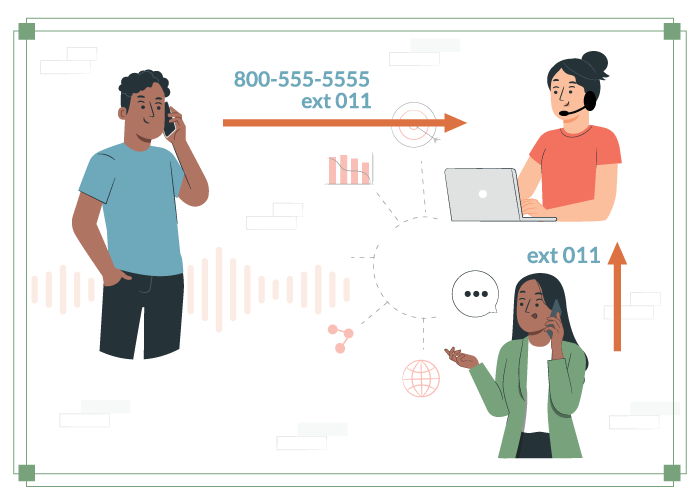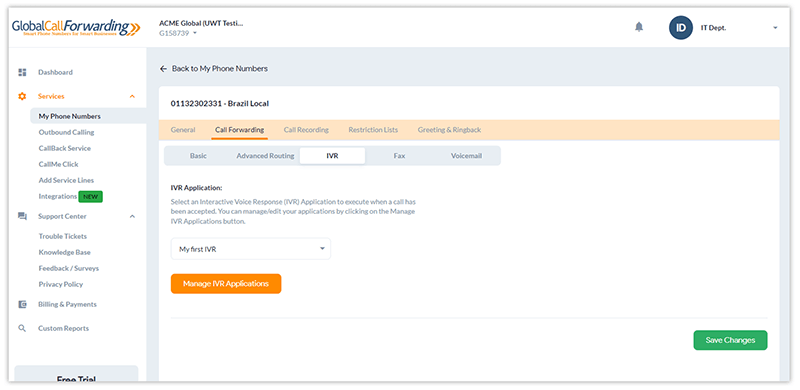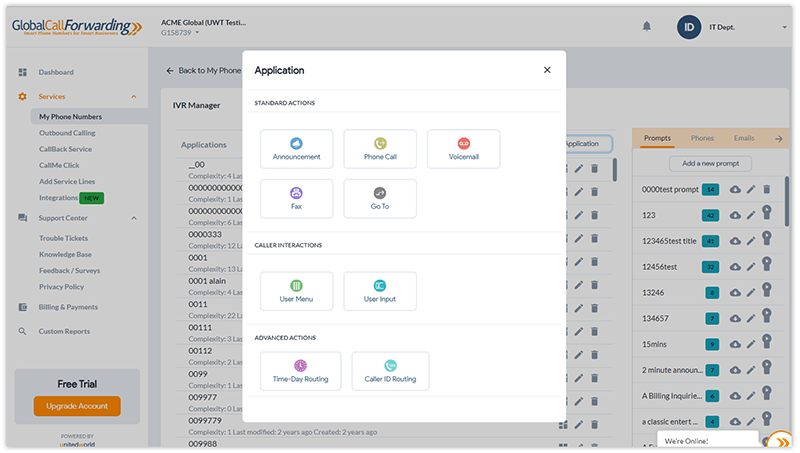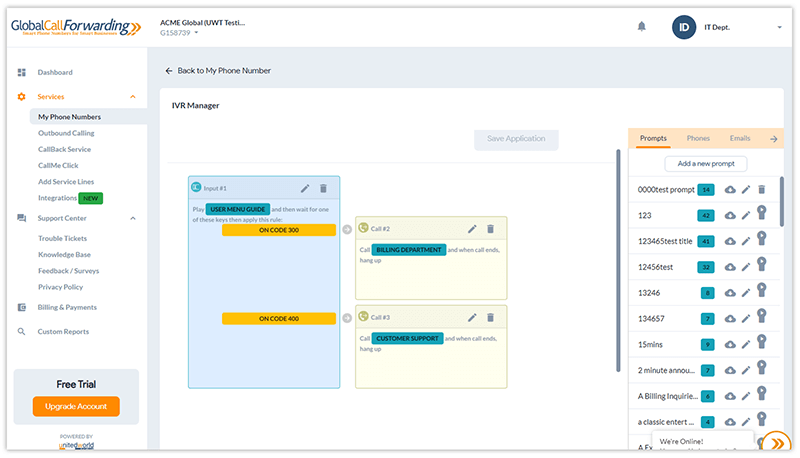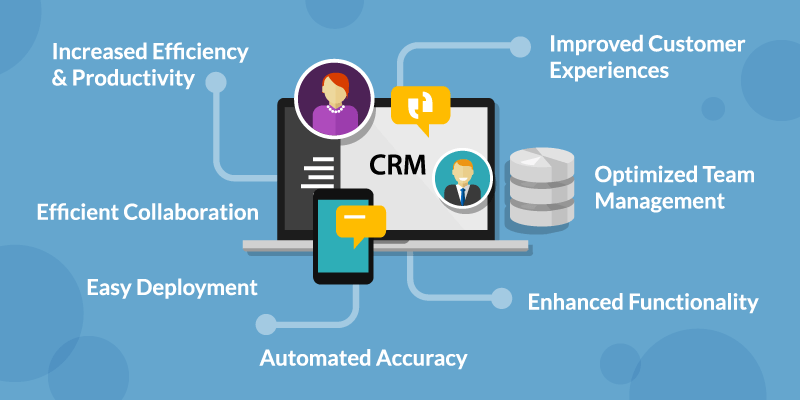By 2025, 85% of organizations will be “cloud first.” And by embracing cloud communications, organizations can enhance collaboration, improve efficiency, and enjoy the benefits of scalability and cost-effectiveness. Cloud technology is a game-changer in the world of communication, empowering businesses to reach new heights.
So, what’s the situation like going into 2025? In this post, we’ve highlighted 4 key cloud communications trends that businesses should pay attention to.
But before we get started, let’s quickly go over what cloud communications are and how they can support business communications.
What is Cloud Communications?
Cloud communication harnesses the power of the internet and telephony to connect people and devices seamlessly. Such a solution is predominantly a business tool that lets users communicate via the cloud. Think: Zoom, Google Chat, WhatsApp, etc.
So how does cloud communication work? Through cloud-based platforms!
Cloud-based platforms provide the infrastructure, resources, and services required to host, manage, and deliver communication services. Most cloud communication tools use voice over internet protocol (VoIP) to transmit audio and video over the internet. But what does this mean for your business?
Imagine having a meeting with your team from different locations using Google Meet or Microsoft Teams. These two platforms use cloud infrastructure to transmit your video and audio messages instantly, so everyone can work together smoothly. Another example is using a cloud phone system to connect local and global teams through one network.
With an array of advanced features and VoIP technology, you can streamline communication processes and improve collaboration, especially remotely.
Now, different cloud comms providers will offer different solutions — some just voice coverage, voice-video, or a comprehensive solution with omnichannel options. The solution you choose depends on your needs and industry.
Related: On-Premise vs. Cloud Call Center Software
Need for Cloud Communications
The cloud has brought the world closer, enabling organizations to communicate with clients, partners, and stakeholders from different locations effortlessly. It basically means that you can now effortlessly chat, work, or have a call with anyone, anywhere!
So, why should you consider cloud communication solutions? These solutions provide flexibility, cost-effectiveness, scalability, collaboration capabilities, security, and integration opportunities.
Learn more in our article about moving business communication to the cloud.

4 Key Cloud Communications Trends in 2023
The pandemic changed the way most businesses operate and communicate. It accelerated the adoption of remote and hybrid workspaces, making cloud-based tools essential for seamless operation and communication. As industries continue to embrace cloud technologies, the realm of communication is undergoing a transformation. So let’s take a look at some of the trends in cloud communications.
1. Upgrading Remote and Hybrid Workspaces
Remote and hybrid work cultures are here for good. So it makes sense that organizations are recognizing the growing needs of business communication. How can you improve business correspondence in remote and hybrid workspaces? By integrating different tools and platforms using cloud communications. In this manner, you can help your teams work together easily, share information smoothly, and make their work more efficient.
For instance, many cloud platforms can integrate with phone systems, CRMs, project management software, analytics platforms, and other popular tools within organizations. This integration can empower your teams to communicate better, share data seamlessly, and gain valuable insights to optimize workflow. The best part is that all these collaborative efforts can be done over the Internet.
All you have to do is explore cloud platforms and providers and look for features in line with your needs, such as messaging, video conferencing, file sharing, and project management capabilities. You can create virtual shared workspaces, virtual project rooms, or team channels where members can collaborate on tasks, share files, and track progress. By integrating these solutions and channels in one place, you can encourage effective collaboration and communication across local and remote teams.
Related: Guide to Effective Remote Team Communication
2. Implementing Greater Security Solutions
About 53% of consumers look specifically for companies that are known for protecting data. There continues to be more focus on data privacy and cybersecurity, and cloud telephony providers are continuously enhancing security measures. This includes implementing end-to-end encryption, adopting a Zero Trust security model, two-factor authentication (2FA), and advanced threat detection systems. These solutions will offer comprehensive protection against cloud-specific vulnerabilities, such as misconfigurations and data leaks.
One way to ensure your data stays protected throughout its journey is by implementing an end-to-end encryption system of communication. This method prevents third parties from accessing your data and ensures it remains encrypted throughout the communication process. Your provider is typically responsible for this. So, reach out to them to understand how they protect your business phone service.
Additionally, 2FA continues to gain prominence; it requires users to provide two types of information to gain access to a system or app. The extra layer of security significantly lowers the risk of unauthorized access to any system and potential data breaches.
Lastly, cloud communication platforms come with more security benefits compared to legacy systems. The cloud is easier to upgrade; plus you don’t have to worry about securing new equipment.
Learn how Global Call Forwarding keeps your data and phone service secure.
3. Redesigning Customer Experience
Businesses can engage with customers promptly and offer real-time solutions using cloud applications such as live chat and chatbots. By offering timely assistance, you can improve responsiveness.
You can offer individualized customer support by letting customers engage with your business by their preferred mode of communication. Many cloud communication and call center tools support the omnichannel customer experience. This means that your customers can move between different communication channels while maintaining continuity. For example, a customer can start a conversation on live chat and later switch to a phone call without having to repeat information, resulting in a smoother experience.
Don’t know what type of cloud communication technology your business needs? Check out our list of top call center technologies.
4. Leveraging AI
The convergence of artificial intelligence (AI) and communications has revolutionized the landscape of customer experience. How? There are a few different ways. AI-powered virtual assistants (VAs) and chatbots can provide quick and useful responses, saving valuable customer time. For example, if you run an online travel agency, you can integrate a VA into your platform. The VA can provide travel recommendations, suggest accommodations, and offer real-time updates on flight status, ensuring your customers receive prompt assistance.
Another option is to integrate AI into audio transcription that can be used to turn voicemail and recordings into text. Or, reduce the workload on your agents using AI tools to handle routine queries. This allows your agents to dedicate their efforts and time to address complex queries and personalize customer experience.
Towards the Undeniable Future
That cloud is the future is a given. Cloud telephony solutions are cost-effective, flexible, and scalable, and can be integrated into a myriad business applications. And they come with a range of advanced calling features like call routing, interactive voice response (IVR), call recording, and voicemail-to-email transcription, etc. These features enhance overall communication efficiency and improve caller experience.
Let us help you transition to refined business communication with the cloud phone system.
Call us at +1 (561) 908-6171 or chat with one of our cloud communication specialists today!

